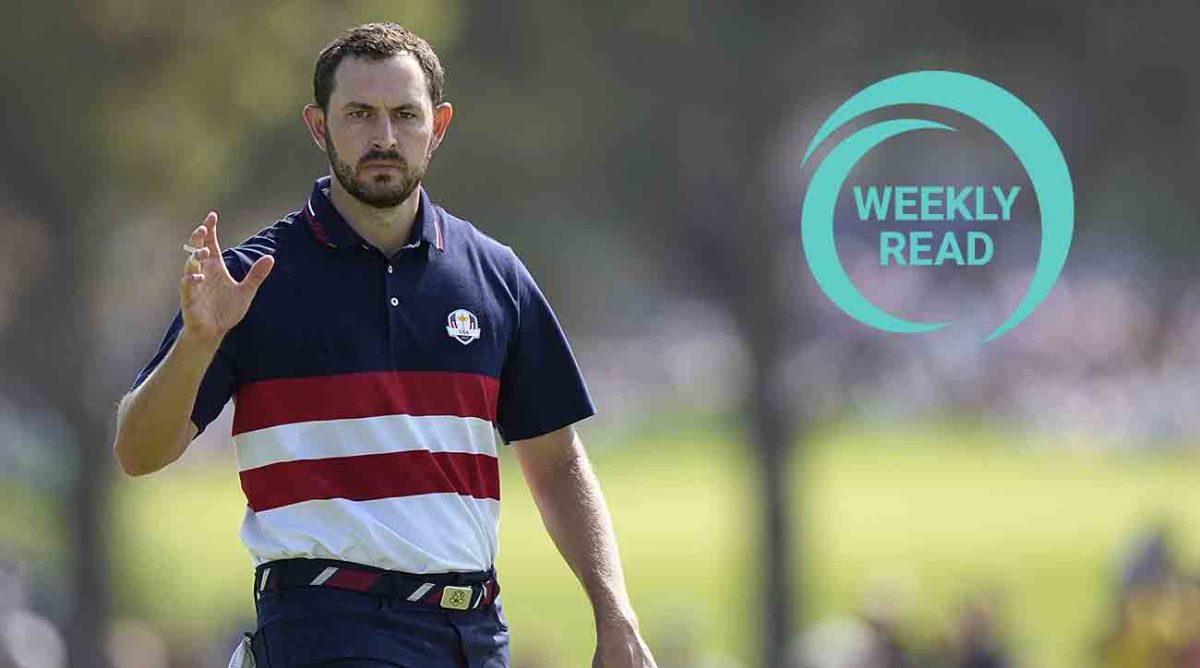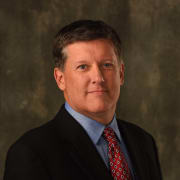Hatless Patrick Cantlay Remains a Topic One Week After the Ryder Cup

More Weekly Read: Captain Johnson's criticisms | Framework agreement delay
So we’re still talking about Patrick Cantlay’s hat.
Actually, the lack of a hat, the fact that he didn’t wear one during the Ryder Cup, and what it may or may not have meant.
You have to admit, the Ryder Cup never fails to deliver when it comes to the various dramas that play out over the course of an event that is meant to be a goodwill exhibition that celebrates the game.
This is especially true when the United States loses, even more so in recent times.
Think back to the fallout from the Tiger Woods-Phil Mickelson two-match pairing in 2004 at Oakland Hills. The U.S. got waxed 18½ to 9½ at home and Woods and Mickelson went 0-2, leading to considerable criticism of captain Hal Sutton.
There were the rainsuits that didn’t work in Wales in 2010, the decision to rest a hot Mickelson and Keegan Bradley at Medinah in 2012, and Tom Watson’s ill-fated captaincy in 2014 at Gleneagles, where Mickelson’s harsh criticism of the captain—sitting a few seats away—led to major structural change for the U.S. Ryder Cup effort.

Five years ago at Le Golf National in France, captain Jim Furyk made the surprising decision to split the successful team of Patrick Reed and Jordan Spieth, putting Spieth with Justin Thomas. That duo went 3-1, but Reed was terrible in his team matches with Woods—and afterward vented to the New York Times.
Now it’s HatGate, even if there are likely more pressing issues that felled the U.S. team again overseas, stretching their streak of futility in Europe to 30 years.
The fallout is Cantlay’s decision to go hatless, the possibility that he did so as a protest over not being paid and whether or not it caused a rift on the U.S. team.
Forget the fact that in all of these examples, there were considerable examples of poor play leading to the defeat.
Michael Bamberger of the Fire Pit Collective website reported over the weekend that Cantlay emerged on the first tee on Friday morning prior to the first session of the Ryder Cup to a greeting from NBC’s Steve Sands, who noted that the golfer was not wearing a hat.
"I’ll wear a hat when I’m paid to be here like he is," Cantlay allegedly told Sands, referencing longtime PGA of America executive Julius Mason. Bamberger reported that this exchange was relayed to him by three different Americans who were in the vicinity near the first tee.
The story had taken on a life of its own during the second day of the Ryder Cup when Sky Sports's Jamie Weir reported something similar but added that it had caused a rift in the U.S. team room.
Weir's report spread throughout the day at Marco Simone to the point that during Cantlay's afternoon fourball match with partner Wyndham Clark against Rory McIlroy became quite heated, with fans taunting Cantlay throughout, making note of his alleged play-for-pay wishes.
The problem? Cantlay had no idea what they were doing and what was being directed at him. Neither did Fred Couples, an assistant captain on the U.S. team who caught up with the group on the 14th hole and had to ask what all the fuss was about.
Couples relayed all of this during his SiriusXM radio show and went so far as to say that caddie Joe LaCava’s actions on the 18th green were not "disrespectful," even though those led to some jawing between the caddie and McIlroy on the green and later that evening.
Cantlay repeatedly said he did not go hatless due to any protest. But there was clearly something going on, and Xander Schauffele’s father, Stefan, said as early as Saturday afternoon following Weir’s report that there was a money issue. He dismissed any protest, however, saying that Cantlay was going without a hat due to his desire to avoid unsightly tan lines due to his impending wedding.
Some day we are going to look back on all of this and wonder if people didn’t lose their collective minds.
No wearing a hat?
It might very well be that Cantlay was protesting—he vehemently denied it both Saturday and Sunday—and that it had no impact on the U.S. team.
"It just gets old that we’re so bad in the team rooms," Couples said of the idea that the U.S. team doesn’t get along. “I mean, it’s laughable. Is there a better team room than theirs because they won and they’re all from different countries? I don’t know. They all are great guys. Our team is phenomenal. I mean, I sat there every night and watched them.
"Don’t believe all this crap. This guys are all together."
Not that they’d admit otherwise, but several U.S. team members expressed similar views. And if there were issues, they’d be more likely to not say anything than to push back so hard against the narrative.
"It couldn’t be further from the truth. There hasn’t been one word of [team division] all week," Cantlay said. "The U.S. team has been close all week. It’s just outright lies. Not a shred of truth in the article that just one journalist wrote. It’s crazy that one journalist can put a tweet out there, totally unfounded, with complete lies."
It’s probably safe to say that Cantlay’s actions didn’t cause the kind of problems that have been projected.
But his alleged desire for Ryder Cup pay is not likely to go away. It’s reasonable to assume that Cantlay was right there with Schauffele, who according to his father, balked at Netflix cameras being at the Ryder Cup. It led to a team vote and Netflix was prohibited from participating. That issue, too, seems more about money than access.
How that plays out remains to be seen. But there’s no denying that a U.S. Ryder Cup loss manages to deliver headlines well after the European celebration ends.
